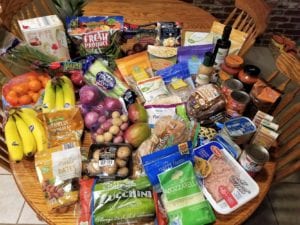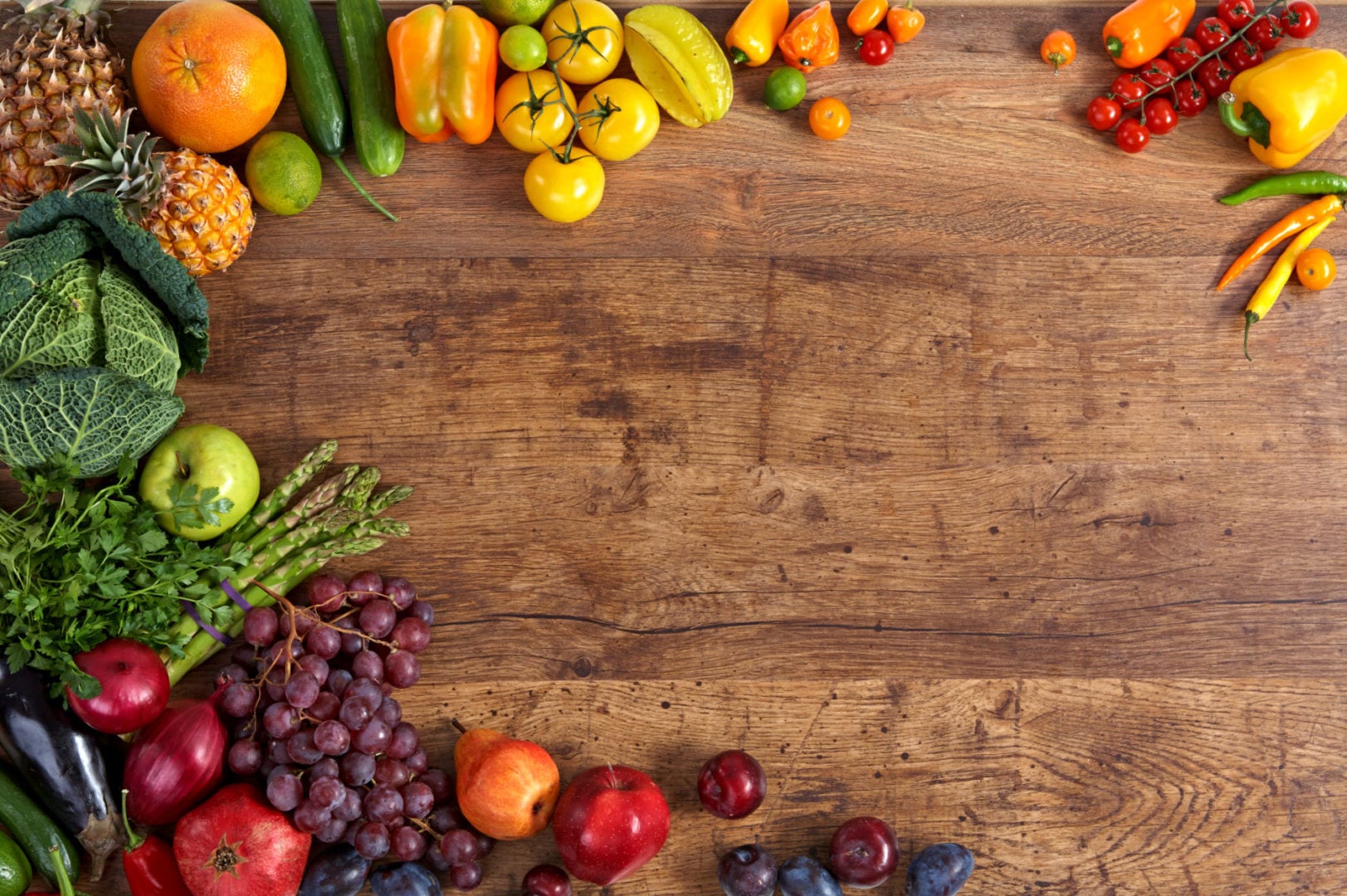A little advance meal prep goes a LONG way by reducing daily food prep tasks and cooking time on busy nights. Try out some of these tasty, time and money saving tips to make your snacks and meals less stressful and more nutritious! It’s always recommended that you wash produce before use. I prefer to store my prepped-food in glass, air-tight containers which provide a clear view of contents, are easy to clean, don’t discolor or hold odors with use, and are microwave safe for quick heating when needed.
-
Pre-peel several tangerines and store in the refrigerator.
-
Slice mango, melon or pineapple and store in the refrigerator.
-
Pick grapes off the stems for quick grab snacks.
-
Buy a bag of frozen berries and thaw some in the fridge for easy additions to yogurt, oatmeal, or to puree and drizzle over pancakes.
-
Peel and prep carrots in a variety of sizes – shreds for salads, chunks for roasting and sticks for dipping in hummus or dressing.
-
Peel and slice onion and store in the fridge for tearless meals and snacks throughout the week.
-
Slice red, orange, yellow and green peppers to eat raw with hummus/dressing, on salads or sandwiches, to cook with eggs or for roasting and sautéing.
-
Slice the bottoms off brussels sprouts and then cut them in halves or quarters (depending on size), removing any discolored outer leaves, and store in the fridge to steam, roast or sauté.
-
Fill a sheet pan with veggies (sweet potato, brussels sprouts, apples & red onion is my favorite combo), toss with olive oil, salt and pepper and roast at 425 degrees until done to your liking.
-
Prep dry salad ingredients in ready-to-go containers. Prep wet ingredients in a separate container (or below dry ingredients if not shaken).
-
Make your own salad dressing – experiment with different spices and flavors!
-
Cook grains in bulk to use for multiple meals throughout the week. (Ex. Quinoa as a stand-alone side, scrambled into eggs, as a replacement for rice in a recipe, added to vegetable soup…)
-
Make a pot of soup for quick meals and snacks throughout the week.
-
Cook a pot of beans for the week.
-
Hard-boil a pot of eggs.
-
Bake a variety of breakfast egg muffins.
-
Make extra pancakes to store in the fridge (or freezer separated with parchment paper).
-
Pre-portion yogurt or cottage cheese into meal/snack containers.
-
Make meatballs to be served over grains, on a salad, or with pasta.
-
Broil salmon or a filet of fish with leftovers to use throughout the week.
-
Slow cook, bake or roast several chicken breasts to use alone, as chicken salad or as an addition to soup, stir-fry, eggs, homemade pizza, casseroles, and stews.
-
Bake a loaf of zucchini bread or banana bread.
-
Make your own trail mix – ¾ nuts/seeds with ¼ carbs. (Try ingredients such as almonds, cashews, pecans, walnuts, pumpkin seeds, sunflower seeds, pine nuts, raisins, dried cranberries, dried coconut, dried banana, mini dark chocolate chips…) A serving is about ¼ cup.
-
Make overnight oatmeal, adjusting flavors to suit your taste with added banana, berries, apple and cinnamon, pumpkin pie spice, peanut butter, maple syrup or honey.
-
Search for recipes and “meal prep ideas” on the internet to find more suggestions that appeal to you!



